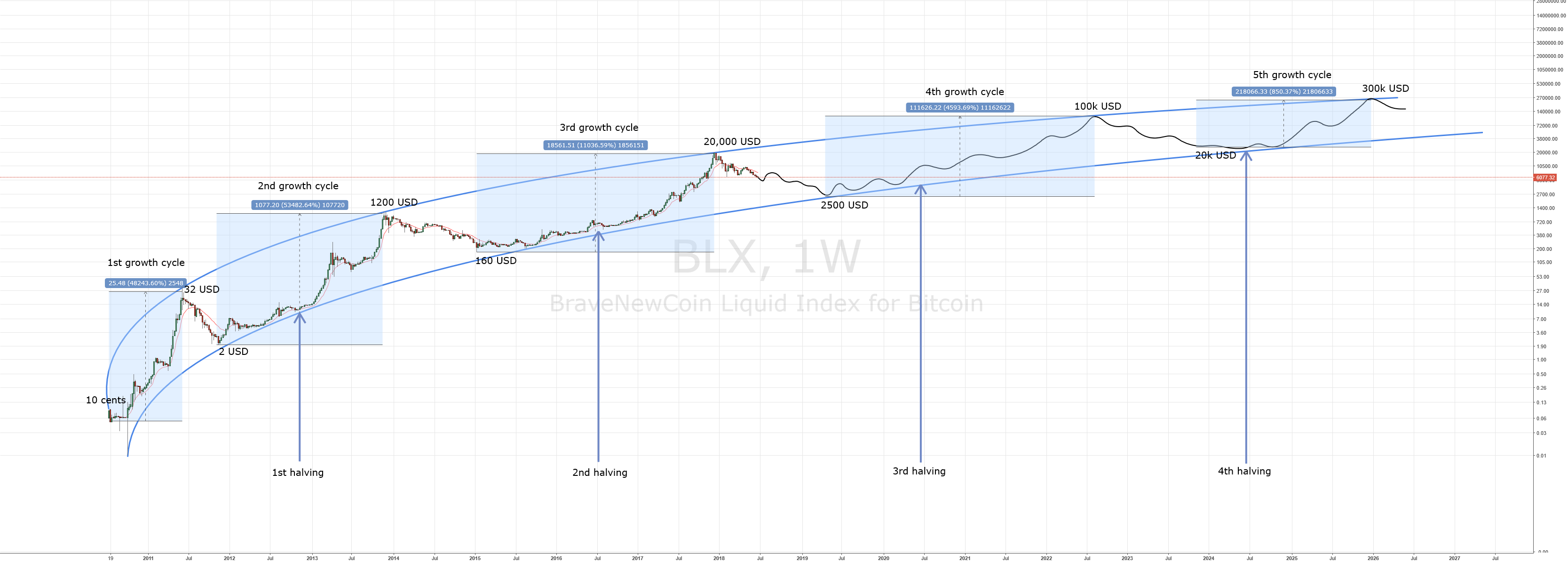

Long bitcoin - business!
Crypto Long & Short: Looking Back on a Monumental Year
Crypto Long & Short: Looking Back on a Monumental Year
The first Crypto Long & Short of 2021 has a different format: Instead of the usual article, I’ve asked some leading industry analysts – including Kaiko, IntoTheBlock, skew.com and Arcane Crypto – to share their favorite charts with you. The depth and quality of metrics available to market observers has grown by leaps and bounds this year, and the work of these analysts and others goes a long way toward helping investors to not only understand the crypto ecosystem better, but also to appreciate how different and fascinating the assets and their markets are. Click on the below links to find out more about these analysts’ work and the data they offer.
(You can see more of Kaiko’s and Arcane Crypto’s work in our Research Hub.)
Clara Medalie, Business Development and Strategy at Kaiko
The March market crash will go down in history as one of the steepest and most rapid sell-offs to ever sweep cryptocurrency markets. Over the course of an hour, bitcoin‘s price plummeted thousands of dollars and order book liquidity all but evaporated. This chart shows the sum of all bids and asks placed on Coinbase’s BTC-USD order book before, during and after the first price crash. We can observe that when the crash began around 10:30am, the quantity of orders surrounding the midprice plummeted, forcing a liquidity crisis that perpetuated the steep fall in price.
This chart is one of my favorites because it demonstrates the important role that market makers play in creating and maintaining liquidity in cryptocurrency markets. Ultimately, the March crash proved that the price of an asset is often less a reflection of the “true value at a point in time assigned through the process of market-based price discovery” and more a product of relentless feedback loops triggered by automatic liquidations and decimated order book depth. As cryptocurrency markets mature and order book liquidity improves, we can expect the magnitude and frequency of such price crashes to decrease.
Lucas Outumuro, senior analyst at IntoTheBlock
IntoTheBlock categorizes on-chain transfers of over $100,000 as “large transactions.” The aggregate volume in large transactions serves as a proxy to institutional investors’ and high net worth individuals’ transaction activity.
Large transaction volume for Bitcoin has grown considerably in 2020 along with institutional interest. Comparing the average large transaction volume on the Bitcoin blockchain for December 2020 relative to December 2019, we observe it has more than quadrupled from an average of $7 billion per day to over $30 billion.
Emmanuel Goh, CEO of skew.com
In 2020, institutions finally embraced bitcoin but not always in the way one would expect. For instance, sophisticated investors such as hedge funds have been looking at capturing spreads by looking at the inefficiencies of this nascent market. This has translated in particular to leveraged funds positioning of CME bitcoin futures making new record shorts almost on a weekly basis in the last quarter of 2020.
Bendik Norheim Schei, head of research at Arcane Crypto
The decentralized finance (DeFi) sector saw moderate adoption during the first half of the year, with lending protocols dominating the space. At the time, the total value locked in DeFi was relatively stable, for the most part ranging between $700 million and $1 billion. Then, on June 16, Compound launched its governance token. The interest in the sector then exploded (quite literally), as yield farming attracted many new participants into the space.
- The total value locked in DeFi has increased from $670 million to $14.5B in 2020, a growth of 2100%.
- By December, 1 million unique addresses were affiliated with DeFi, a 10x growth from January. Both lending platforms and decentralized exchanges (DEXs) have seen particularly strong growth this year, while derivatives platforms have seen a more moderate (albeit strong) growth.
2021 prediction: DeFi derivatives platforms will see a more substantial growth, with stricter regulations on the centralized derivatives market leading traders to alternative markets.
Anyone know what's going on yet?
Instead of trying to recap the annual or even the weekly performance in macro markets (because many will have done that in much more depth and with more perspective than I could), I’ll leave you with an awesome summary overheard coming from the mouth of a particularly observant kid, when asked how he would sum up 2020:

-
-
-